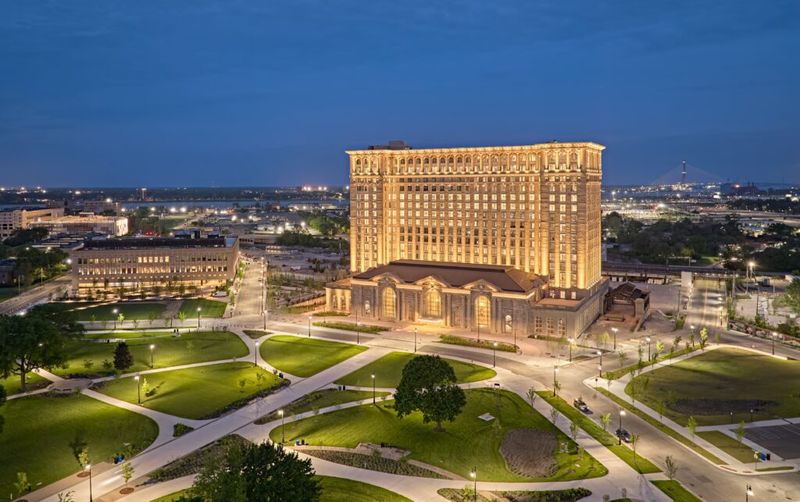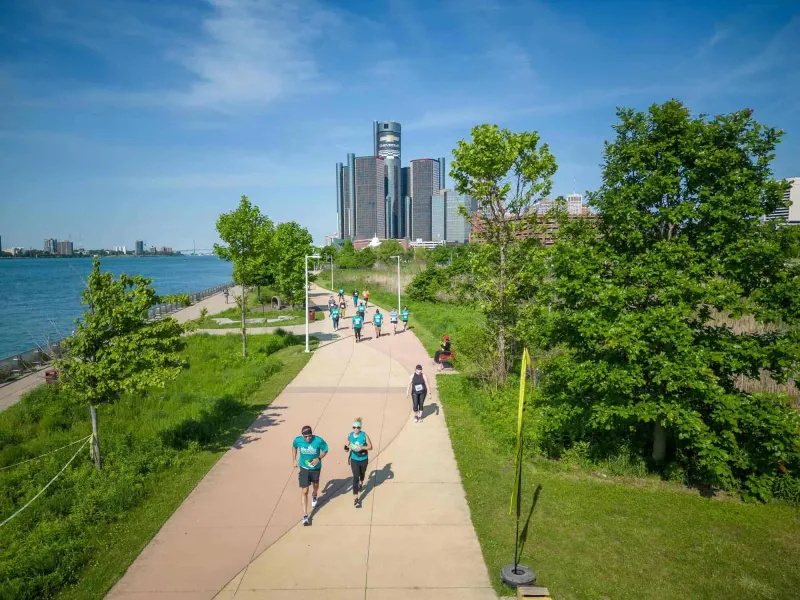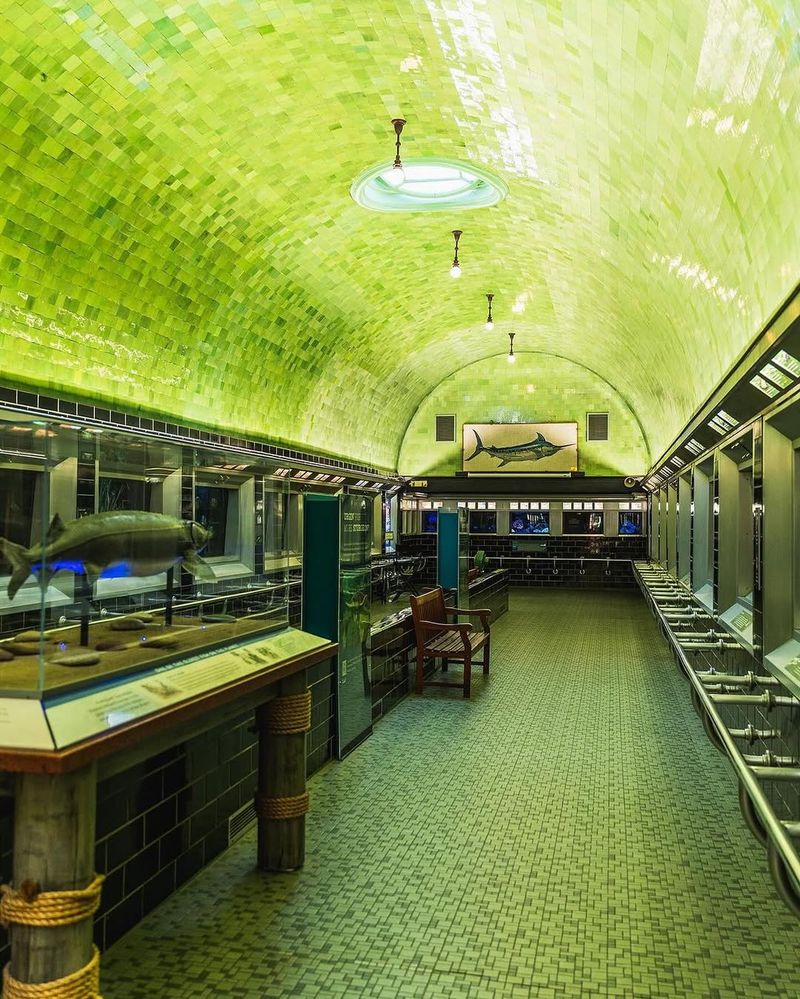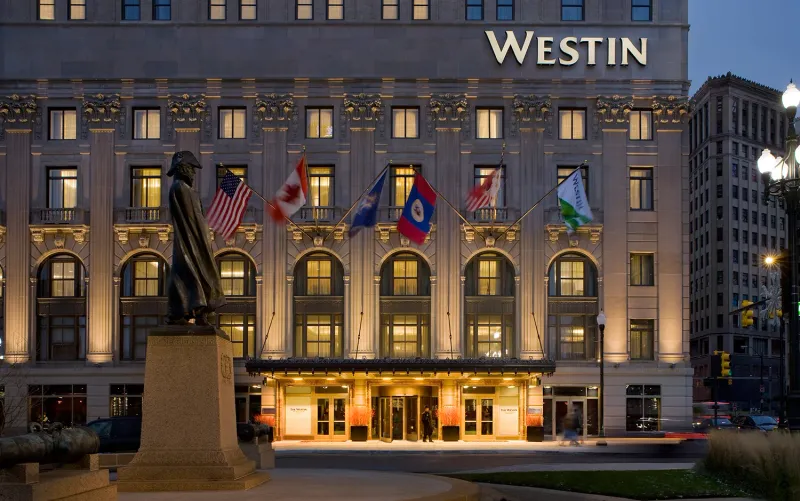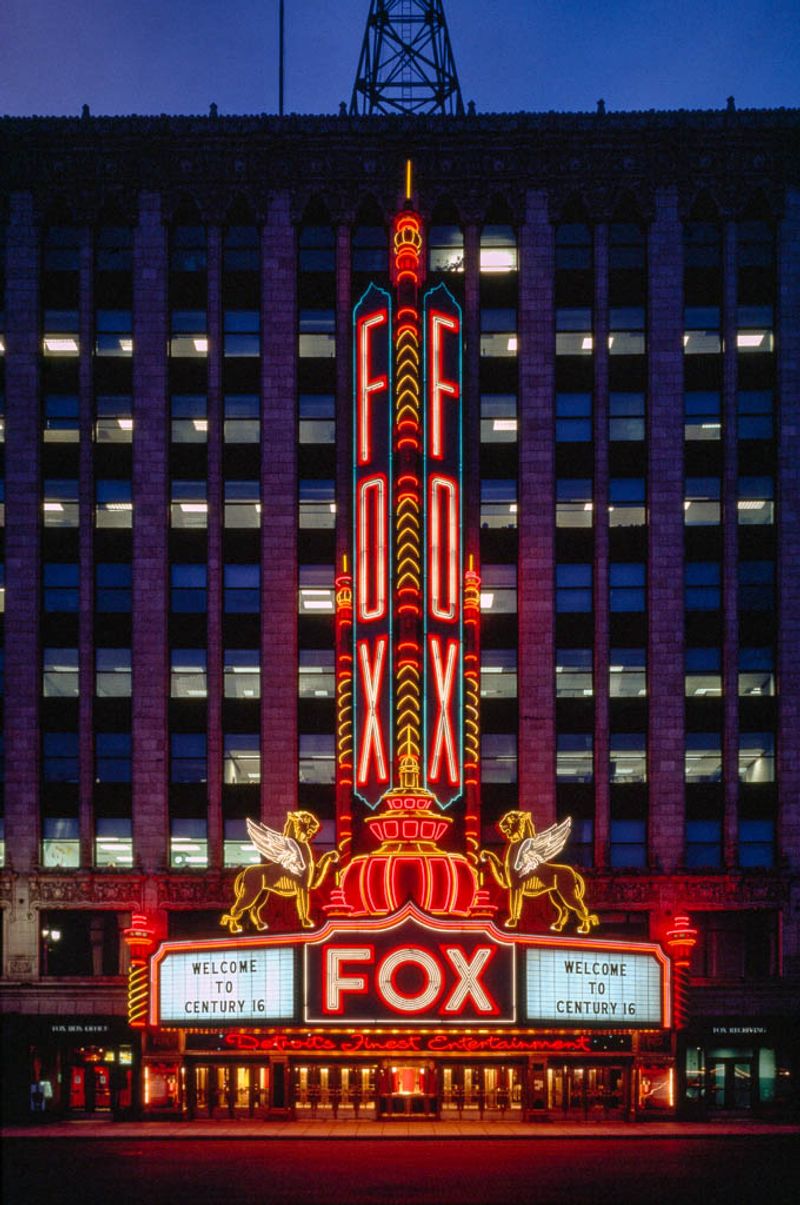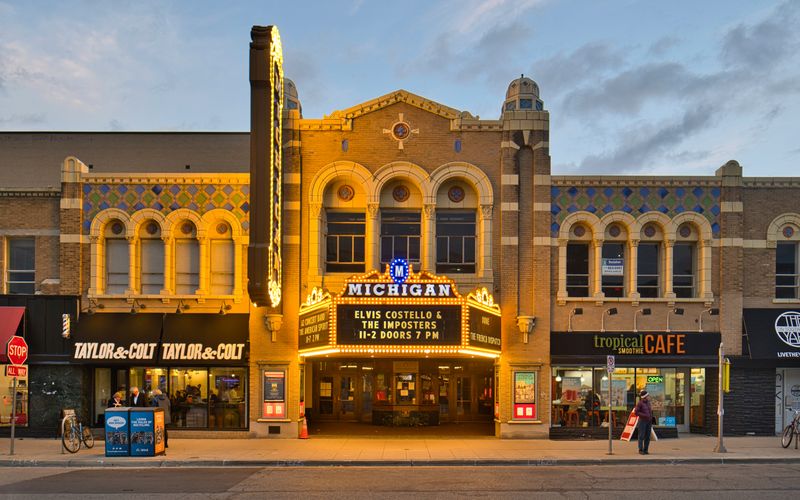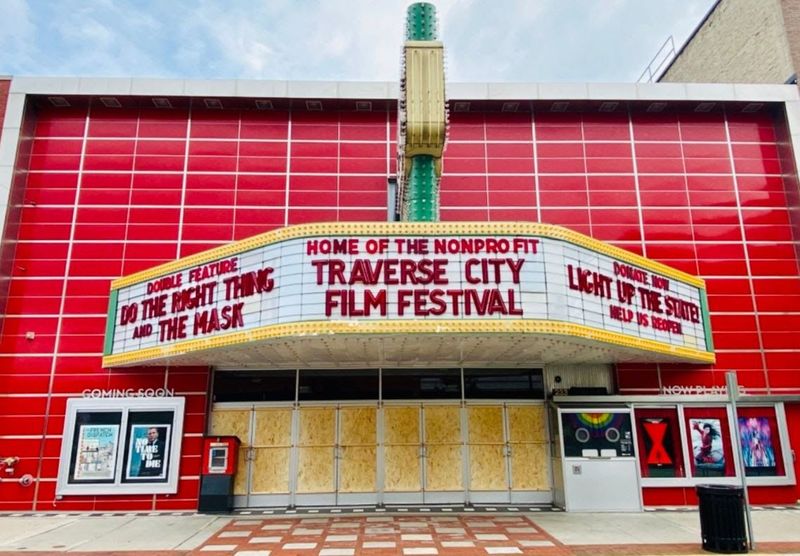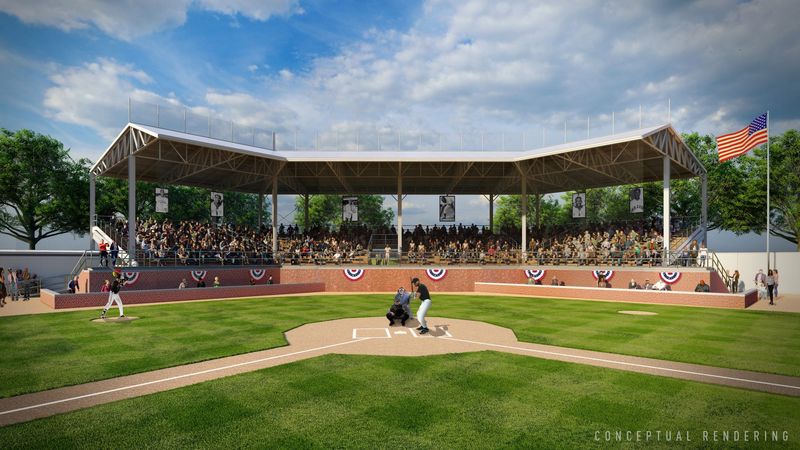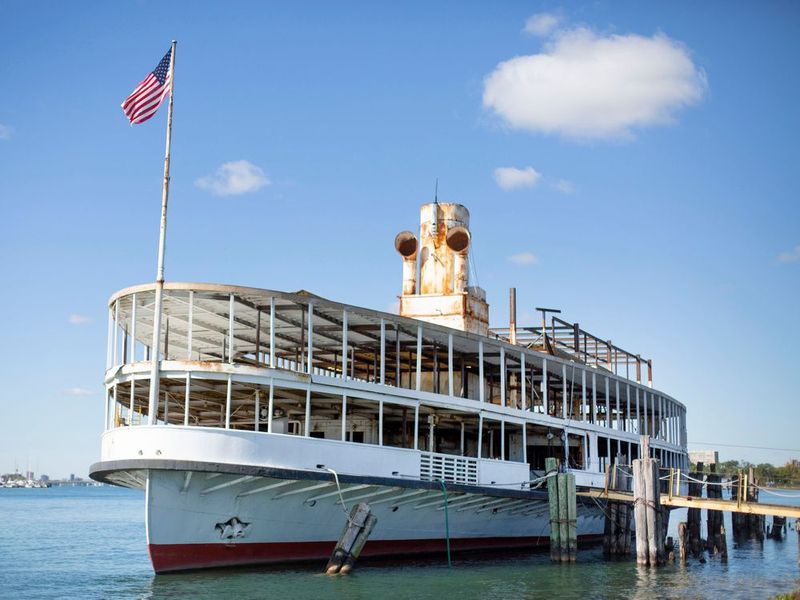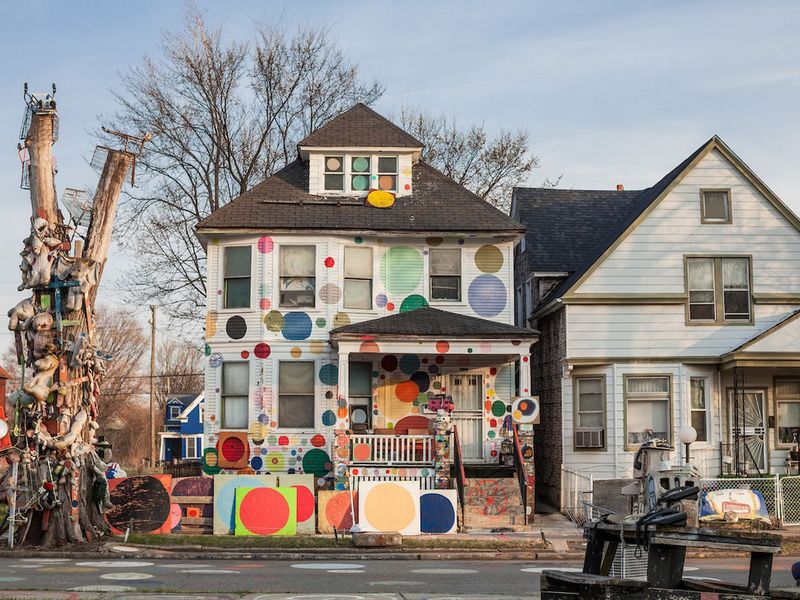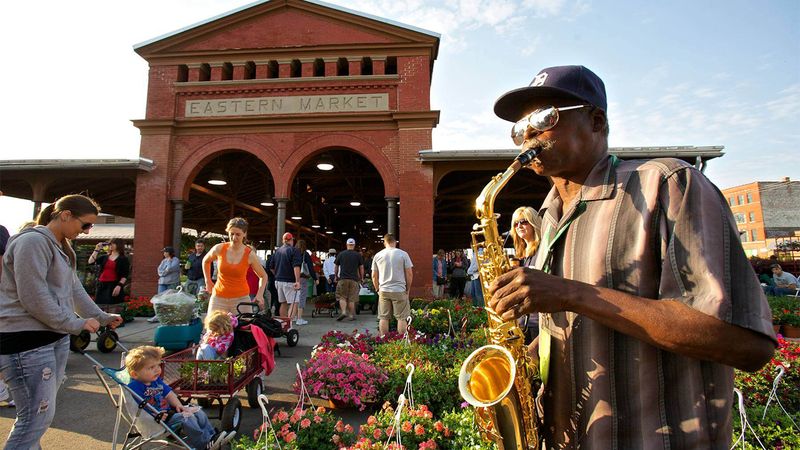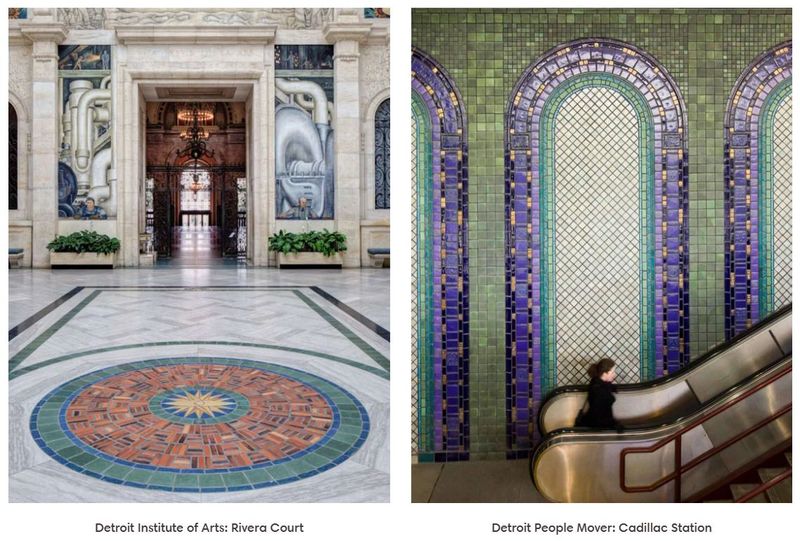Michigan has a proud tradition of refusing to let its treasures disappear. From grand theaters and historic ballparks to beloved ferries and even a tiny songbird, residents across the state have rolled up their sleeves to save what matters most. These thirteen icons faced demolition, decay, or extinction, until everyday people, nonprofits, and local champions fought back and won.
1. Michigan Central Station (Detroit)
For thirty years, this towering train station stood as a haunting reminder of Detroit’s struggles. Built in 1913, the Beaux-Arts masterpiece once welcomed thousands of travelers daily, but abandonment turned it into a crumbling shell covered in graffiti and broken glass.
Ford Motor Company stepped in with a massive restoration project that brought the building back from the brink. Community partners and preservationists worked alongside the automaker to repair the grand halls, ornate ceilings, and iconic facade. In June 2024, the doors swung open again to the public.
Today, the station hosts community events, tours, and programming, with plans for a hotel on the upper floors. It stands as proof that even the most damaged landmarks can rise again.
2. Detroit Riverwalk (Detroit)
Rusted fences and industrial debris once blocked Detroiters from their own riverfront. Where factories dumped waste and barbed wire kept people out, volunteers saw potential for something beautiful. The Detroit Riverfront Conservancy rallied thousands of citizens, donors, and public agencies to reclaim the waterfront mile by mile.
What began as a bold idea in 2003 has grown into a 5.5-mile promenade repeatedly named the best riverwalk in America. Joggers, cyclists, and families now enjoy parks, plazas, and stunning views of the river and Windsor skyline. New sections continue to open, adding even more green space.
This transformation proves that great public spaces require more than money—they need passionate neighbors willing to dig in.
3. Belle Isle Aquarium (Detroit)
America’s oldest continuously operating public aquarium went dark in 2005 when budget cuts forced the city to close its doors. Fish tanks sat empty, and the beautiful green-tiled arches gathered dust. Locals who had visited as children refused to accept the loss.
Friends of the Belle Isle Aquarium and the Belle Isle Conservancy launched a grassroots campaign to bring it back. Volunteers scrubbed tanks, raised funds, and convinced the city to reopen the beloved attraction. By 2012, the aquarium welcomed visitors again, stocked with freshwater species and staffed by passionate docents.
Now operating on donations and volunteer power, the aquarium offers free admission and educational programs. It remains a testament to what communities can accomplish when they refuse to give up.
4. Westin Book Cadillac Hotel (Detroit)
When it opened in 1924, the Book Cadillac was the tallest hotel in the world and a jewel of Detroit hospitality. Decades later, vandals stripped the abandoned skyscraper of copper, marble, and anything valuable. Rain poured through broken windows, and pigeons roosted in the grand ballroom.
A massive restoration effort beginning in the mid-2000s brought the building back from ruin. Workers painstakingly rebuilt interiors, restored ornate details, and modernized guest rooms while preserving historic character. The hotel reopened in 2008 as the Westin Book Cadillac.
Today, guests check into luxury suites where squatters once camped. The gleaming lobby and rooftop bar symbolize downtown Detroit’s hard-won comeback, proving elegance can be reclaimed from decay.
5. Fox Theatre (Detroit)
Gilt plasterwork crumbled, velvet seats rotted, and the grand chandelier hung precariously in this 1928 movie palace. By the 1980s, the Fox Theatre seemed destined for the wrecking ball like so many other Detroit landmarks. But local ownership had different plans.
A sweeping 1988 restoration brought back the theatre’s over-the-top opulence—from the lobby’s Burmese temple details to the auditorium’s starry ceiling. A year later, it earned National Historic Landmark status. The Ilitch family has kept it operating as a premier concert and Broadway venue ever since.
Big-name performers now fill the 5,000-seat hall, and the Fox anchors Detroit’s entertainment district. Its survival sparked hope that other historic theaters could be saved too.
6. Michigan Theater (Ann Arbor)
Facing closure in 1979, this ornate 1928 movie palace nearly became a parking garage or office building. Community members who had watched films under its baroque ceiling rallied to save it. The campaign started when locals learned the historic Barton pipe organ might be sold off and lost forever.
Advocates formed a nonprofit and convinced the city to help preserve the building as an arts venue. Today, the Michigan Theater operates as a community-supported cinema and performance space, screening independent films and hosting live events year-round.
Volunteers and donors keep the theater alive, proving that cultural landmarks thrive when neighbors treat them as shared treasures. The pipe organ still plays before select screenings, delighting new generations.
7. State Theatre (Traverse City)
This downtown theater sat dark and neglected for years, its marquee dim and doors locked. When local organizers launched the Traverse City Film Festival, they saw potential in the vacant State Theatre and decided to bring it back as a year-round arthouse cinema.
Volunteers scraped paint, repaired seats, and upgraded projection equipment. The theater reopened in 2007, staffed entirely by community members who donate their time. It now screens independent films, documentaries, and classics seven days a week.
Ticket prices stay affordable because volunteers keep operating costs low. The State has become a cultural anchor for downtown Traverse City, proving that small communities can sustain thriving arts venues when everyone pitches in together.
8. Historic Hamtramck Stadium (Hamtramck/Detroit)
Weeds choked the infield, and the wooden grandstand sagged dangerously at one of the last surviving Negro Leagues ballparks. Legends like Satchel Paige and Josh Gibson once played here, but by the 2000s, few people remembered the field existed. Vandals and weather threatened to erase it completely.
A grassroots nonprofit called the Friends of Historic Hamtramck Stadium began restoration work in 2012. Volunteers rebuilt bleachers, cleared overgrowth, and researched the stadium’s remarkable history. The field was rededicated and now hosts games, tours, and educational programs.
Young ballplayers step up to the plate where Negro Leagues stars once stood. The stadium’s rescue ensures that an important chapter of baseball history won’t be forgotten.
9. Boblo Boat S.S. Ste. Claire (Detroit)
Generations of Detroit families rode the S.S. Ste. Claire to Boblo Island amusement park, but the beloved ferry fell into ruin after the park closed. Decades of neglect left the boat rusting and rotting at a dock. A devastating 2018 fire nearly finished it off for good.
The Boblo Boat Preservation Society refused to let the ferry vanish. Volunteers and donors have funded ongoing restoration work, replacing decayed wood, repairing the hull, and stabilizing the structure. Progress is slow but steady.
The goal is to restore the Ste. Claire so people can step aboard and experience a piece of Detroit’s joyful past. Every plank repaired and every dollar raised brings that dream closer to reality.
10. The Heidelberg Project (Detroit)
Artist Tyree Guyton turned a blighted Detroit block into a riot of color and creativity, covering abandoned houses with polka dots, stuffed animals, and found objects. The Heidelberg Project became world-famous, but not everyone loved it. City bulldozers demolished parts of it twice, and arsonists torched several structures between 2013 and 2014.
Neighbors, donors, and a Detroit-based nonprofit rallied to protect what remained. They documented the artwork, secured funding, and evolved the project into a community-driven legacy that continues to inspire visitors and artists.
Today, the Heidelberg Project stands as a bold statement about resilience and the power of art to transform neighborhoods. It survived because people believed creativity matters more than conformity.
11. Eastern Market (Detroit)
America’s largest historic public market district weathered decades of decline as shoppers fled to suburban supermarkets. The century-old sheds leaked, vendors struggled, and the future looked bleak. In 2006, a new public-private partnership called the Eastern Market Partnership took charge with a mission to revive the district.
Local stakeholders renovated the iconic sheds, expanded programming with festivals and night markets, and attracted new vendors and restaurants. The market now buzzes with activity year-round, drawing locals and tourists alike.
Current projects focus on modernizing infrastructure while preserving the market’s gritty authenticity. Eastern Market proves that historic commercial districts can thrive when communities invest in both tradition and innovation.
12. Pewabic Pottery (Detroit)
Founded in 1903, Pewabic Pottery became famous for its shimmering iridescent tiles that grace buildings across Detroit and beyond. When founder Mary Chase Perry Stratton died, the pottery faced an uncertain future. Without local intervention, the National Historic Landmark might have closed and its unique glazing techniques lost.
The Pewabic Society, a Detroit nonprofit, took over operations in 1981. They preserved the original kilns, continued production using traditional methods, and opened classes to teach new generations of ceramicists.
Today, Pewabic still produces the iconic tiles that adorn Detroit landmarks like the Guardian Building. The pottery thrives as a working studio, gallery, and educational center, keeping a century-old craft alive through community commitment.
13. Kirtland’s Warbler (Northern Lower Peninsula & U.P.)
This tiny yellow songbird nearly vanished from Earth. Kirtland’s Warbler nests only in young jack pine forests in northern Michigan, and habitat loss pushed it to fewer than 200 singing males by the 1970s. Extinction seemed inevitable.
Conservationists, volunteers, and government agencies launched a decades-long rescue effort. They planted jack pines, controlled cowbirds that parasitized warbler nests, and monitored populations every year. Citizen scientists helped track the birds during migration and on their Bahamas wintering grounds.
By 2019, the warbler rebounded enough to be removed from the endangered species list. Numbers still fluctuate, but ongoing habitat management and volunteer monitoring help ensure Michigan’s signature songbird keeps singing. It’s a rare conservation success story powered by everyday people who cared.
